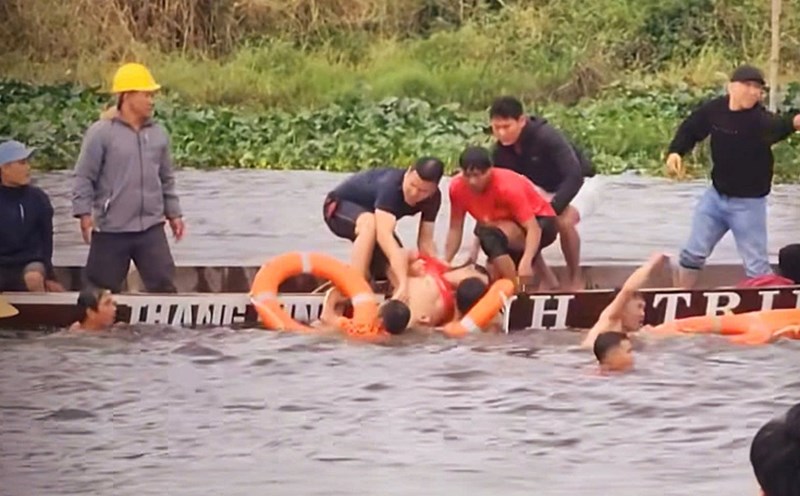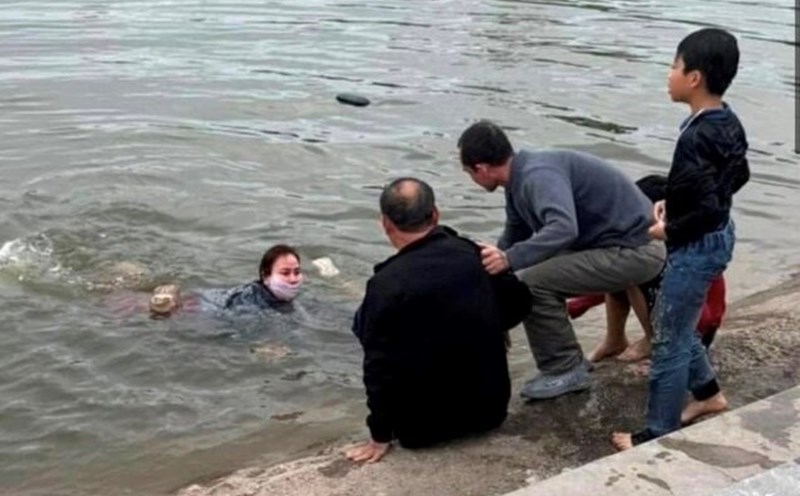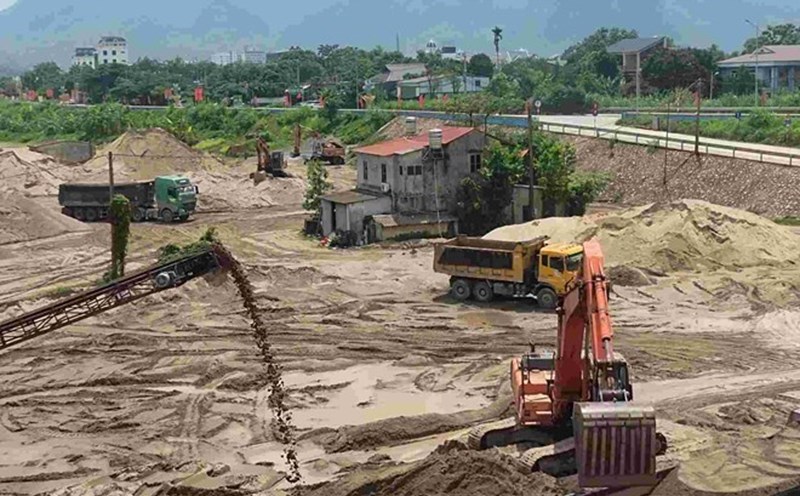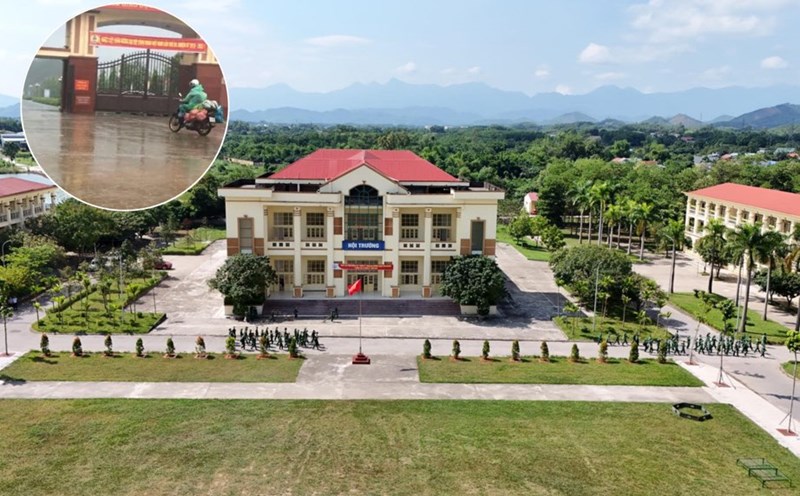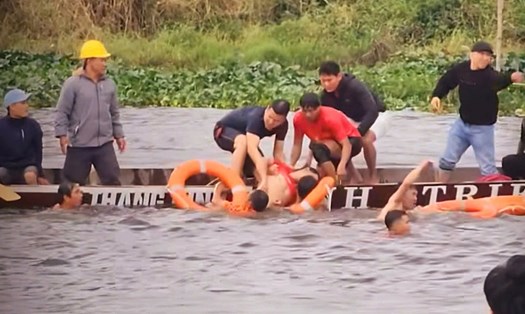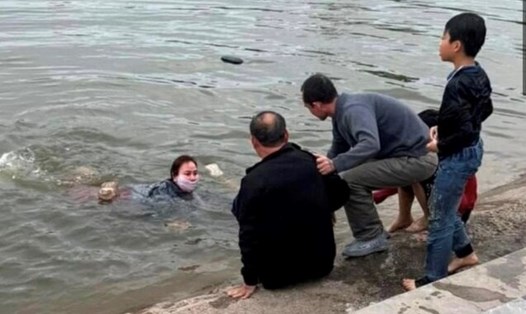Recently, female patient T.M (3 years old, Dak Nong province) drowned after falling into a lake in front of her house. As soon as the incident was discovered, the family took the child to a drawer, took him to a local medical facility and transferred him to Children's Hospital 2 (HCMC).
According to data from the General Planning Department - Children's Hospital 2, from the beginning of January 2025 to now, the hospital has received and treated 7 cases of child drowning patients.
Doctor Ngo Thi Thanh Thuy - Deputy Head of the Emergency Department, Children's Hospital 2 said that drowning is one of the common household accidents and can cause death in children. Children between the ages of 1 and 3 have the highest rate of drowning because they are not observed and closely monitored by adults.
In particular, drowning accidents in young children often occur at home such as falling into swimming pools, lute, pots, canals, ponds. Adults may encounter incidents at swimming pools, ponds, streams or swimming in the sea.
When detecting a drowning child, parents should stay calm and quickly remove the child from the water. Place your baby in a safe place, change clothes to keep warm for the baby.
Quickly assess the child's respiratory condition. If the child is not breathing, first aiders can immediately conduct ventilation by suffocating through the mouth - mouth or nose - mouth if it is difficult to cover the child's nose.
If the child vomits, place the child on one side, and remove the vomit from the hand, straw or straw. Then, quickly take the child to the nearest medical facility.
First aid at the scene needs to be done urgently, avoiding mistakes that make children more serious and delay the time for emergency care, especially in cases of children with cardiac arrest - respiratory arrest.
To avoid mistakes in the first aid of a child drowning at the scene, Dr. Thuy emphasized that absolutely do not leave the child on fire because it can cause burns, causing blood pressure to drop due to vasopressors. Do not drain water because it is ineffective and delays the time for emergency care for children. Do not vomit your throat or do any surgery to remove water from your lungs because it is ineffective.
To avoid further tragic drowning incidents, parents should proactively prevent drowning accidents for children, not be subjective even when they know how to swim. In addition, children participating in water activities need to be under the control of adults or those with swimming experience.
For families living near ponds, lakes, rivers, streams... parents must always be close to their children. Avoid leaving buckets, pots, and water containers indoors, in ponds, and fish ponds, so have additional protective barriers to keep children safe.


